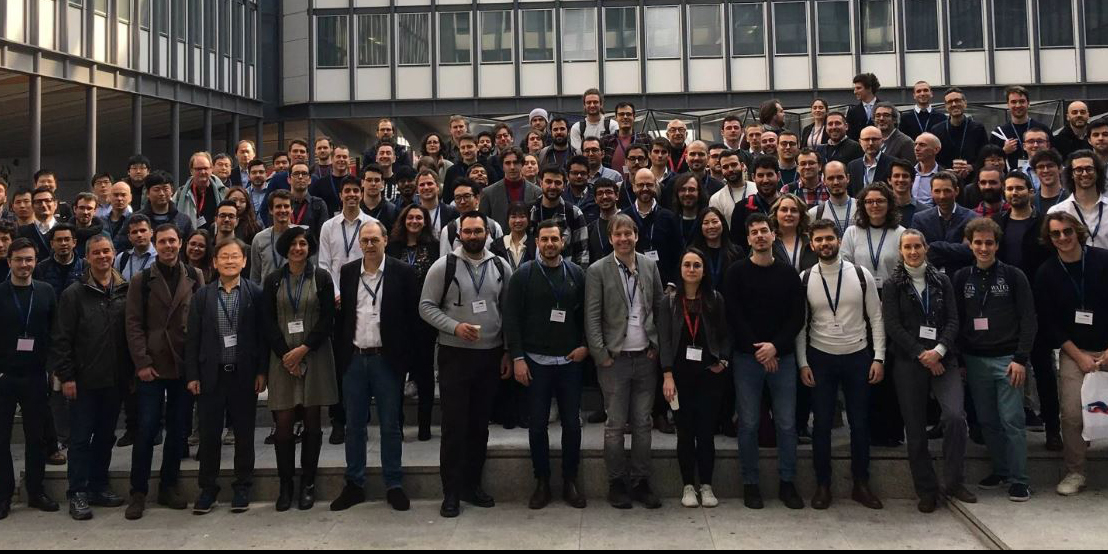
With AI trending across every sector, the relationship between fluid dynamics and AI/machine learning – and importantly how to play to the strengths of each to solve industry challenges – is an interesting area of debate. So we were delighted when the European Research Community on Flow, Turbulence and Combustion (ERCOFTAC) shone the spotlight on this topic in March.
The first-ever “Machine Learning for Fluid Dynamics” workshop at the Sorbonne in Paris provided a vibrant forum for discussing the intersection of AI and machine learning technologies and fluid dynamics, attracting over 160 participants from academia and industry.
Zenotech at the Workshop: Neural Radiance Fields for Geometry Representation
One of the standout presentations was delivered by our colleague, Constantinos Vagianos, who spoke about “Neural Radiance Fields(NeRF) for Geometry Representation.”
Traditional CAD packages often struggle with modern hardware optimisation, requiring extensive manual cleaning of models before use, making the design process both time-consuming and costly. Constantinos showcased how neural networks, equipped with specialised encoding techniques, could rise to the challenge and create an alternative representation of CAD geometries. Applying this neural network architecture to various aerospace geometries leads to representations of the original CAD models with extraordinary speed and accuracy.
Impressively, the network achieved surface point evaluations on aerospace geometries a million times faster than traditional CAD kernels, with only 0.001% deviation from the original models. This represents a significant breakthrough in how we use CAD data for complex engineering tasks.
Other Key Takeaways from the AI/Fluid Dynamics Workshop
The workshop also featured a diverse range of applications of machine learning on fluid dynamics. Among the numerous topics discussed, Physics-Informed Neural Networks (PINNs) and Generative Adversarial Networks (GANs) stood out. PINNs are a type of neural network designed to solve PDEs (Partial Differential Equations) by using principles of physics. These networks are attempting to approximate the solution of a PDE by learning from data and at the same time being constrained by the underlying physics of the problem.
As we continue to explore the relationship between machine learning and fluid dynamics to meet industry challenges, we look forward to seeing how the cutting-edge ideas presented at the conference play out to add value.
Read David Standingford’s piece on the relationship between ML/AI and fluid dynamics here.